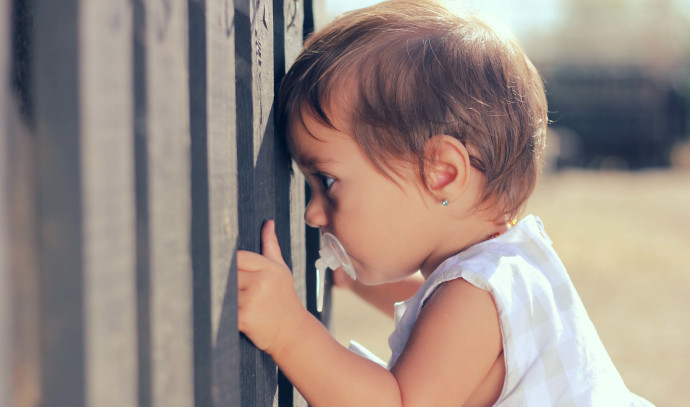|
Getting your Trinity Audio player ready...
|
Parents of young children remember how often they had to take off work to care for them at home when they got a cold. Whether novel respiratory viruses like COVID-19 or routine respiratory viruses, the preschoolers lacked repeated exposures that could provide long-term immune protection.
They still managed to recover remarkably well, but how they managed to do that has remained elusive. Now, scientists at New York’s Columbia University working in collaboration with Ben-Gurion University of the Negev (BGU) in Beersheba and others have identified what they believe could be the mechanism by which children recover from colds.
Their findings have just been published in the prestigious journal Nature Immunology under the title “Induction of bronchus-associated lymphoid tissue is an early life adaptation for promoting human B cell immunity.”
The scientists, led by Prof. Donna Farber from Columbia University and Prof. Tomer Hertz from BGU, were given access to the tissues of 63 pediatric organ donors aged from birth to 13; 60 donors who died of non-infectious causes and three donors who died with ongoing symptomatic respiratory infection representing a racially and ethnically diverse population.
The scientists then investigated immune cells in the lungs and lung-associated lymph nodes. They identified bronchus-associated lymphoid tissue (BALT) – a unique immunological site that develops during infancy and can be found around airways during childhood. While this has been previously shown in mice, this study was the first to show that BALT exists in humans.
The study found that BALT starts to decline around age four or five and is replaced by memory T cells. The BALT structures promote germinal center formation, B-cell differentiation, class switching, and somatic hypermutation, which, in turn, promotes immune protection.
The Hertz lab used a novel antibody-profiling assay to discover distinct specificity profiles for antibodies produced in the lung and BALT compared to those in the plasma of children aged one to three years.
BALTs were enriched with antibodies against common respiratory viruses, while serum antibodies primarily targeted childhood vaccines and herpes viruses. The results suggest that BALT antibodies were secreted by local plasma cells in the lung and lung lymph nodes, independently of serum antibodies.
BALT in young children may be the key factor
“There are major implications for promoting respiratory immunity through vaccines. The presence of BALT in young children suggests that intranasal administration of vaccines may be particularly effective in children when priming outside lymphoid organs can occur,” the team said.
In addition, the induction of BALT could also be targeted in adults. Certain experimental vaccines were shown to induce BALT in adult mice and correlated with vigorous protection against bacterial and viral respiratory pathogens and could be targeted in future vaccines where systemic administration does not prevent infection or illness,” the researchers wrote.



